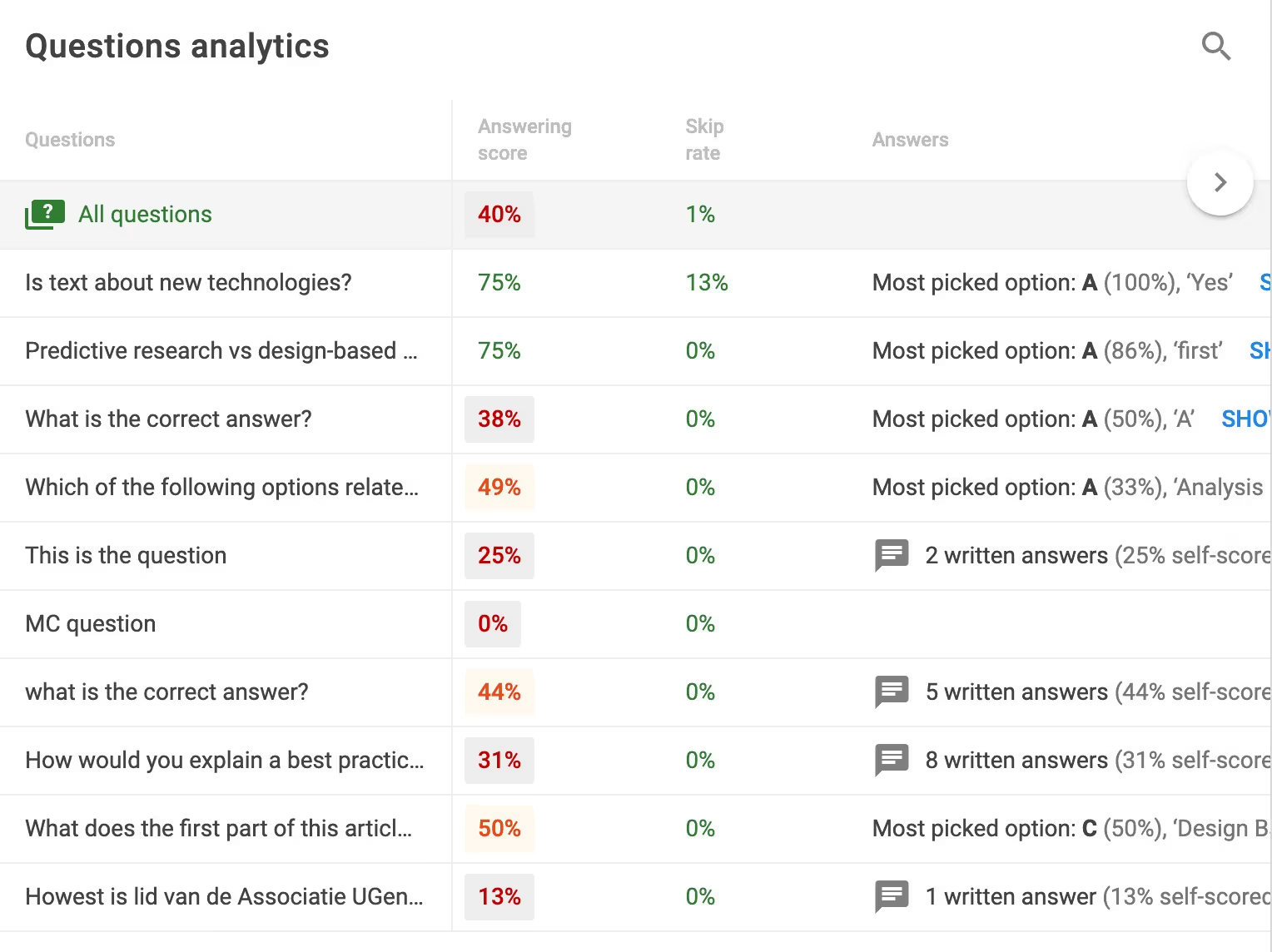Scaling up online and hybrid course design at Central State University
Founded in 1887 in Wilberforce, Ohio, Central State University (CSU) offers undergraduate and graduate degree programs in education, business, and STEM fields, to around 2,500 students. It is a member of the Ohio Association of Colleges and Universities.
Dr. Patrick D. Anderson is an Assistant Professor of Philosophy at CSU. His research focuses on the Anticolonial Tradition of Black Radical Thought and the connections between technology, ethics, and imperialism.
Dr. Elizabeth Johnson is a Professor in the Department of Professional Education at CSU. She has experience teaching mathematics in primary education through to college level, and currently trains the new generations of mathematics teachers.
Founded in 1887 in Wilberforce, Ohio, Central State University (CSU) offers undergraduate and graduate degree programs in education, business, and STEM fields, to around 2,500 students. It is a member of the Ohio Association of Colleges and Universities.
Dr. Patrick D. Anderson is an Assistant Professor of Philosophy at CSU. His research focuses on the Anticolonial Tradition of Black Radical Thought and the connections between technology, ethics, and imperialism.
Dr. Elizabeth Johnson is a Professor in the Department of Professional Education at CSU. She has experience teaching mathematics in primary education through to college level, and currently trains the new generations of mathematics teachers.
Context
Using pedagogical technology, instructors at Central State University implemented social annotation, peer feedback, and reflection activities in philosophy and teacher-training courses. Students’ engagement with study materials increased and critical thinking was promoted, while analytics provided insight into engagement and performance.



Challenges
Many institutions are in the process of scaling up their hybrid course offerings, and putting more attention toward the design of online aspects of course design. An unfortunate effect of this digitisation is decreased social interaction, meaning participation and accountability suffer as a result. Differences in student ability and background compound these problems. Dr. Anderson experienced this firsthand in his critical thinking classes, where reading assignments were frequently not completed satisfactorily by students.
“What I was trying to figure out is, how can I set things up so that I reach every single student and give them the maximum possible, based on where they start when they come into the class?”
Another difficulty prevalent especially in larger classes is providing rich, detailed feedback to students - which becomes even more cumbersome when students may be in different timezones. Dr. Johnson faced this issue in her teacher training classes, noting,
“Because this is an online class, if I have 90 students, I cannot sit and zoom in to their individual lessons for 45 minutes each - that’s a lot of time.”
Before using FeedbackFruits, Dr. Johnson’s students used various modes to upload videos of their classroom teaching, such as uploading in discussion boards, linking in emails, and embedding via external hosts.
“Before they would upload and would have my notes, would pause and timestamp, and then they'd have a big long list of info at the end and it just wasn't as effective.”
Both instructors thus sought ways to address these issues using technology, opting for several FeedbackFruits tools to facilitate more streamlined feedback and visibility with social annotation.
Assessment of learning outcomes
Solutions
Using Interactive Document and Interactive Video, Dr. Anderson sought to use social annotation to overcome issues with student engagement, and create opportunities for meaningful interaction. Specifically, the instructor uploaded textbook readings and articles into Interactive Document, allowing students to highlight interesting passages, raise queries over particular sections, and collaboratively address issues in the text. With Interactive Video, the instructor embedded questions at various points along the timeline, meaning students would be prompted to actively participate with the material, as well as pose their own questions where needed. To further encourage participation, these activities were graded.
“It is very easy to add annotation to a reading or an assigned text or video so that students have to engage to get credit for it.”

Both of these activities gave the instructor insight into how many students had read or watched material, as well as how much time had been spent on the activity, and which questions or sections of text proved more or less difficult.
“I do use [analytics] to see how long students are engaged and how they responded to the assignment structure. My plan going forward is to study the analytics closely and see where I can use those to intervene, to help students out.”

In Dr. Johnson’s class, students recorded videos of their classroom lectures and uploaded them with Assignment Review.
“I saw that FeedbackFruits allowed feedback on video. So now I would watch students' videos, stop, leave a comment, then watch more, leave another comment, and so on. It gives about the closest you can get to realtime student feedback. Then they can go back and watch the video and see the feedback.”
As well as reading the instructor’s feedback, students replied to this feedback and left their own comments, bringing more insight and visibility into the learning process. This feedback formed the basis for critical discussions between each student and the instructor, who could now refer to specific parts of the recorded lessons,
“We had a discussion over their lesson, over specific moments, and not just an overall view. It allowed for more conversation, and we definitely noticed the difference.”

Overall, using Assignment Review to process feedback resulted in deeper feedback and more critical development of competencies among students. Around half of students’ final grade was based on feedback or responses to feedback with FeedbackFruits.
“‘It saved me a ton of time and just made it more engaging with the students.”
Notable outcomes
Outcomes
The ability to easily set up social annotation in Interactive Study Materials, embedding questions, and copying and reusing templates, was found to be extremely useful in saving time for instructors. According to Dr. Anderson,
“Interactive Video is probably the easiest tool to post a video and to embed questions, it really just takes a couple minutes to set it up. Every student in each of my sections was like, “Oh, this is awesome!” when I’d introduced it.”
Furthermore, using these activities resulted in assessment becoming easier and less time-consuming, with more feedback being processed:
“It helps me give more feedback to students as I can see how they’ve encountered it. Learning analytics are useful to see what they understand, also to get direct comments from students to see what they understand. It redirects the way you approach the next week. My students really enjoyed the tool and they keep giving me feedback all the time in my student evaluations: “Oh my gosh, thank you for this!.” – Dr. Johnson
“That the students actually have to do something qualitative, but the grading itself is quantitative: That was the seller right there. You don't have to grade the content itself, you can set it up to grade for participation, and then respond to the content with your own comments and feedback. It severely cuts down [instructors’] grading time.“ – Dr. Anderson
For more success stories from instructors around the globe, check out our other partner stories here.





.avif)
.avif)



